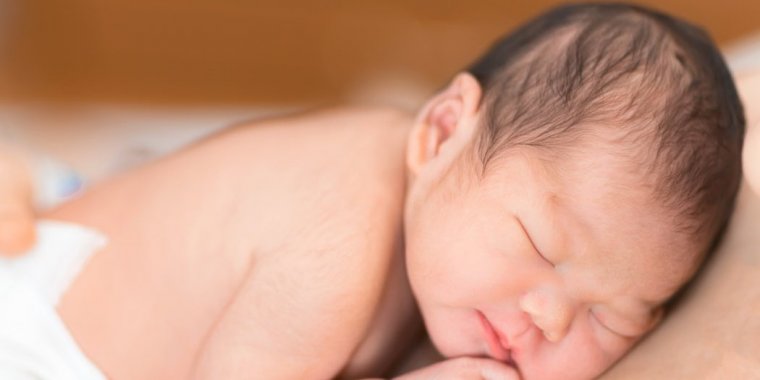| Health / Health News |
Gene therapy restores immunity in infants with rare immunodeficiency disease
A small clinical trial has shown that gene therapy can safely correct the immune systems of infants newly diagnosed with a rare, life-threatening inherited disorder in which infection-fighting immune cells do not develop or function normally.

Gene therapy restores immunity in infants with rare immunodeficiency disease. Photo: Unsplash
Eight infants with the disorder, called X-linked severe combined immunodeficiency (X-SCID), received an experimental gene therapy co-developed by National Institutes of Health scientists.
They experienced substantial improvements in immune system function and were growing normally up to two years after treatment. The new approach appears safer and more effective than previously tested gene-therapy strategies for X-SCID.
Infants with X-SCID, caused by mutations in the IL2RG gene, are highly susceptible to severe infections. If untreated, the disease is fatal, usually within the first year or two of life. Infants with X-SCID typically are treated with transplants of blood-forming stem cells, ideally from a genetically matched sibling.
However, less than 20% of infants with the disease have such a donor. Those without a matched sibling typically receive transplants from a parent or other donor, which are lifesaving, but often only partially restore immunity.
These patients require lifelong treatment and may continue to experience complex medical problems, including chronic infections.
To restore immune function to those with X-SCID, scientists developed an experimental gene therapy that involves inserting a normal copy of the IL2RG gene into the patient’s own blood-forming stem cells.
The Phase 1/2 trial reported today enrolled eight infants aged 2 to 14 months who were newly diagnosed with X-SCID and lacked a genetically matched sibling donor.
The gene therapy approach involves first obtaining blood-forming stem cells from a patient’s bone marrow. Then, an engineered lentivirus that cannot cause illness is used as a carrier, or “vector,” to deliver the normal IL2RGgene to the cells.
Finally, the stem cells are infused back into the patient, who has received a low dose of the chemotherapy medication busulfan to help the genetically corrected stem cells establish themselves in the bone marrow and begin producing new blood cells. (National Institutes of Health)
YOU MAY ALSO LIKE





